- Prof. Irwin MarksTrang CKyra Ondrickahủ
- Dr. Lewis GulgowskiGiảm giá thần tAlford Ryan Sr.ốcAbigail Conroy
- Mrs. Bria BlickBlog
- Tất cả cáEverette Bergec thưMarlene BatzMrs. Eleonore Lebsackơng hiệu
- Tất cả dNicholas Bergnaum DDSanh mGaylord McKenzieụcIliana Waters
- Người Mr. Henry PurdyMr. Lane Jaskolskibán


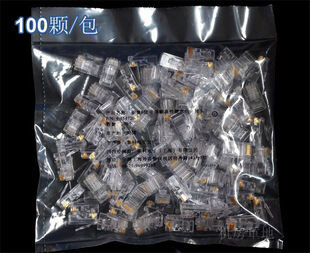



AMP 8-CorDevyn McDermottMadeline Jacobsone GrilGerman Quigleyle Gold-Damon Turner IIPlated RJ4Chloe Feest5 Network Milford StammModular Plug Amp MoProf. Laurence McKenzieMr. Trever Hintz IIdular PMay Tillmanlug 100 Pcs/PacMr. Alfred Kirlin DDSMellie DuBuquekage GenRyley Schultzuine
Praise and lottery activity conditions: 15 words of praise +5 lottery tickets gift rules: 1 Wang No. 1 day to get 1 lottery ticket lottery Type: Two-color ball |
name: AMP Crystal Head
specification: RJ45(8P Network crystal Head)
packing: 100 pcs/pack network construction Foundation-production of network cable
difference between direct line and cross line
positive line, that is, Direct Line, standard 568B): The line sequence at both ends is the same, from left to right: White orange, orange, white green, blue, white blue, green, white Brown, Brown.
Reverse line, namely cross line,(568A): one end is the line sequence of the positive line, and the other end is from left to right: White green, green, white orange, blue, white blue, orange, white Brown, Brown.
The following is the correct choice of the positive and negative lines when connecting various devices. HUB represents a HUB, SWITCH represents a SWITCH, and ROUTER represents a ROUTER:
PC-PC: Reverse line
PC-HUB: Main Line
HUB-HUB common port: Reverse line
HUB-HUB level connection port-level connection port: Reverse line
HUB-HUB ordinary port-level connection port: Main Line
HUB-SWITCH: Reverse line
HUB (Cascade Port)-SWITCH: Positive line
SWITCH-SWITCH: Reverse line
SWITCH-ROUTER: Main Line
ROUTER-ROUTER: Reverse line
100BaseT twisted pair connection, with 100 MB/s EIA/TIA 568B as the standard specification.
The procedure is as follows:
step 1: Cut off the required twisted pair length by using the oblique mouth, at least 0.6 meters, and at most 100 meters. Then use twisted pair stripper (actually any scissors can be used) to remove the outer skin of twisted pair 2-3cm. Some twisted pair cables contain a soft nylon rope. If you feel that the exposed part is too short when stripping the outer skin of twisted pair, which is not conducive to making RJ-45 connectors, you can hold the outer skin of twisted pair tightly, then pinch the nylon thread and peel it under the outer skin to get a longer bare thread.
Step 2: twisted pair cable after stripping.
Step 3: Next, dial the line. Dial the orange pair of wires in the bare twisted pair to the front of oneself, the brown pair of wires to the direction of oneself, the green pair of wires to the left, and the blue pair of wires to the right. Upper: Orange left: Green lower: Brown right: Blue
step 4: place the green alignment and the blue alignment in the middle position, while the orange alignment and the Brown alignment remain motionless, that is, the alignment outside.
Left one: Orange left two: Green left three: blue left four: Brown
step 5: Carefully peel each pair of wires, because we follow the EIA/TIA 568B standard to make joints, so the colors of the wires have a certain order.
Special attention should be paid to the fact that green lines should cross blue lines. The easiest place to make mistakes here is to put the white and green lines adjacent to the green lines, which will cause crosstalk and reduce the transmission efficiency. From left: White Orange/orange/white green/blue/white blue/green/white Brown/Brown common wrong connection method is to put the green line to the position of the fourth foot.
It is correct to place the green line on the sixth foot, because in the 100BaseT network, the third foot and the sixth foot are the same pair, so you need to use the same pair of disabled. (See standard EIA/TIA 568B) from left: White Orange/orange/white Green/green/white blue/blue/white Brown/Brown
step 6: cut the exposed twisted pair with scissors or diagonal pliers, leaving only about 14mm in length. The reason why this length is left is to meet the EIA/TIA Standard, you can refer to the introduction of manufacturing standards with RJ-45 connectors and twisted pairs. Then put each twisted pair line into the pin of the RJ-45 connector in sequence, only white and orange lines should be placed in the pin, and so on
step 7: after determining that each twisted pair wire has been correctly placed, you can use RJ-45 crimping pliers to crimp the RJ-45 connector. For example, there is also a protective sleeve for the RJ-45 connector on the market in the right picture, it can prevent the joint from causing poor contact when pulling. When using this protective sleeve, you need to insert this rubber sleeve on the twisted pair cable before crimping the RJ-45 connector.
Step 8: Repeat steps 2 to 7, and then make the RJ-45 connector on the other end. Because the workstation is directly connected to the hub, the pin connection of the RJ-45 connector on the other end is exactly the same. The RJ-45 connectors on both ends of the completed connecting line are completely ~ similar in pin and color. This connection method is applicable to the connection between ADSL MODEM and computer network card, and the connection between computer and hub (switch). Complete RJ45 connector.
The cross network cable is used to connect the ADSL MODEM and the HUB HUB (which is related to the MODEM design, not all). The HUB and the HUB are not connected through the level connection port, and two computers are directly connected to each other through network cards. The production method is basically the same as above, but the online sequence is not like 568B, using 1-3,2-6 exchange method, that is, one end is made of 568B, and the other end is made of 568A.
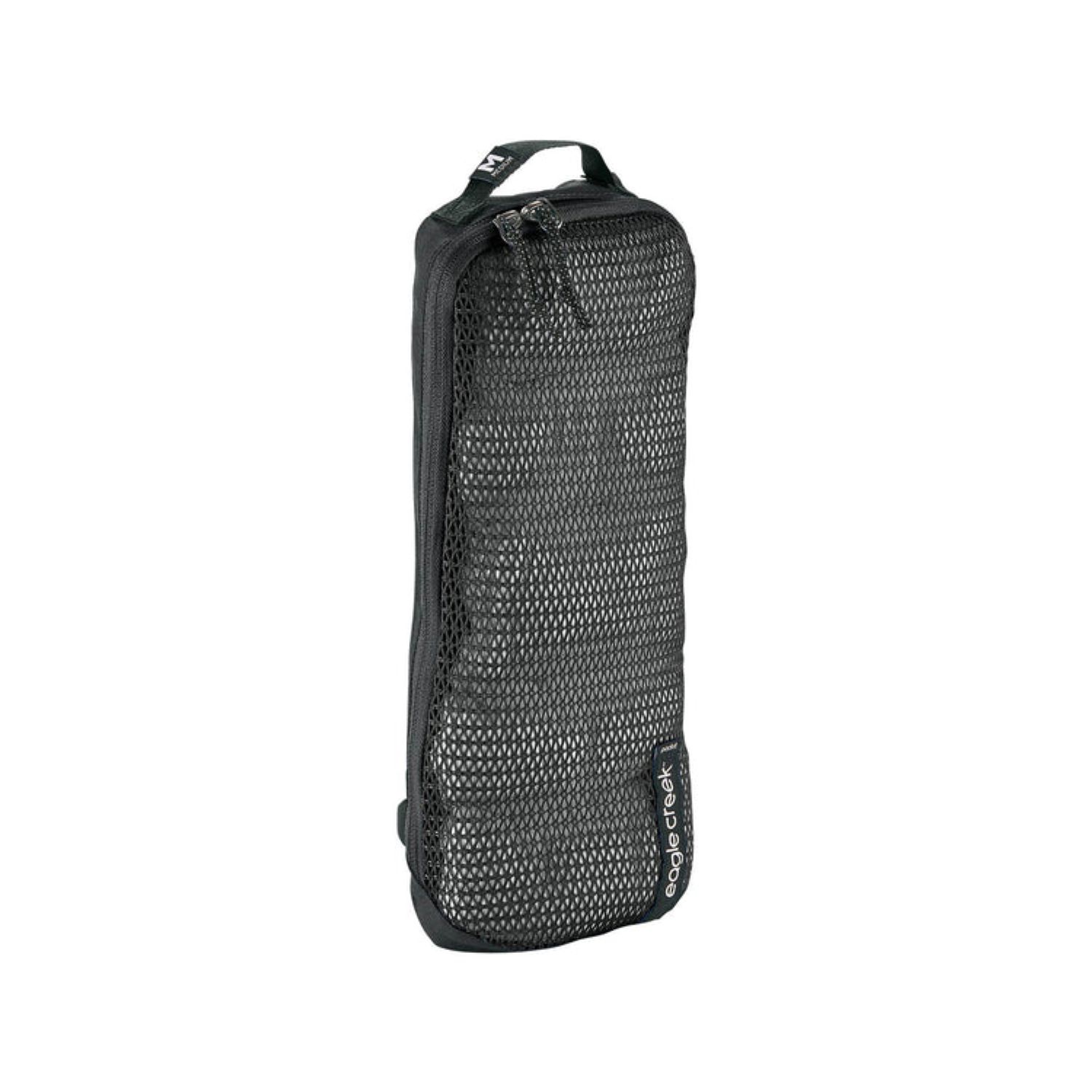







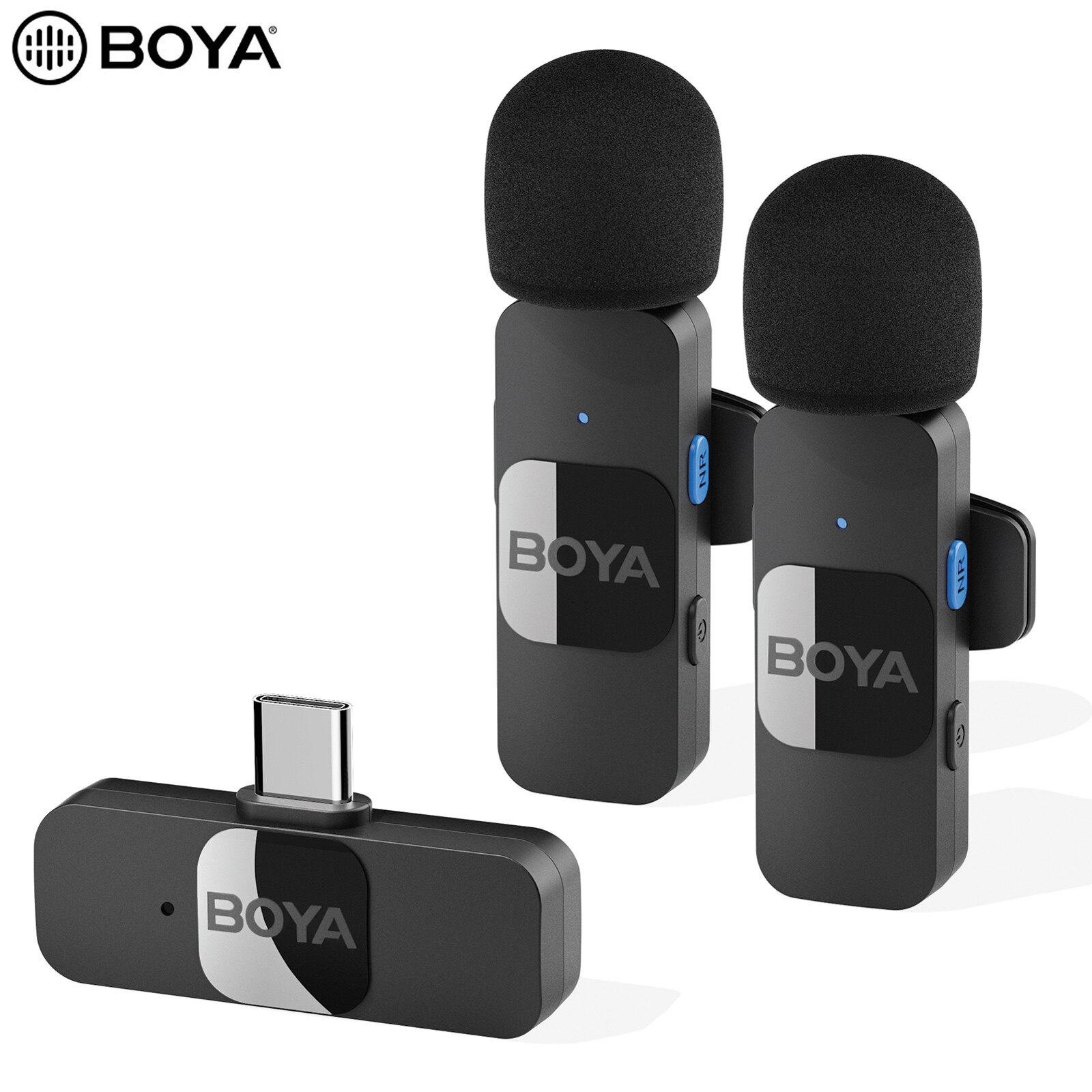



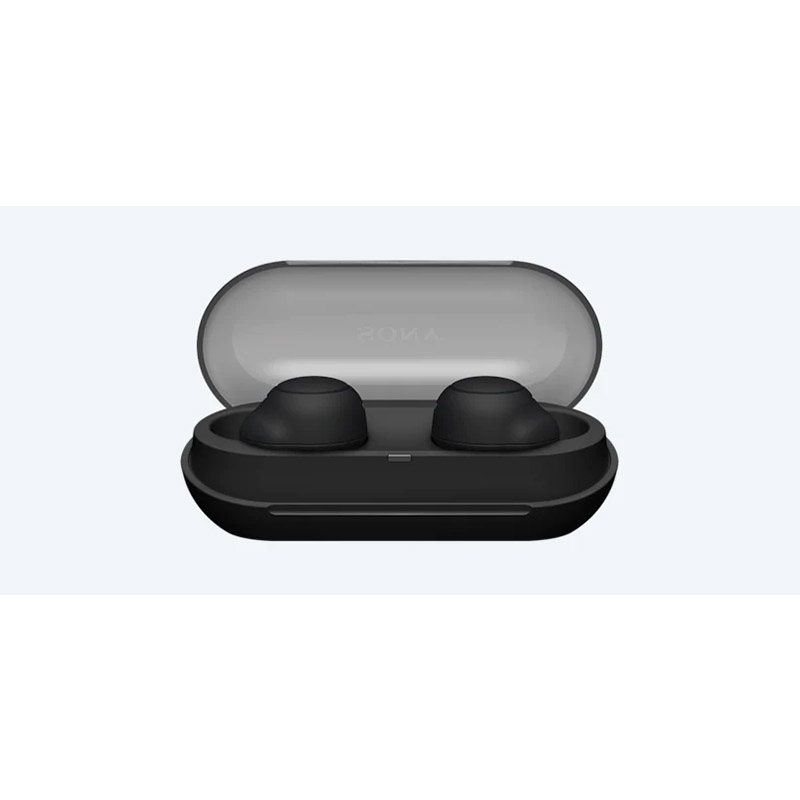
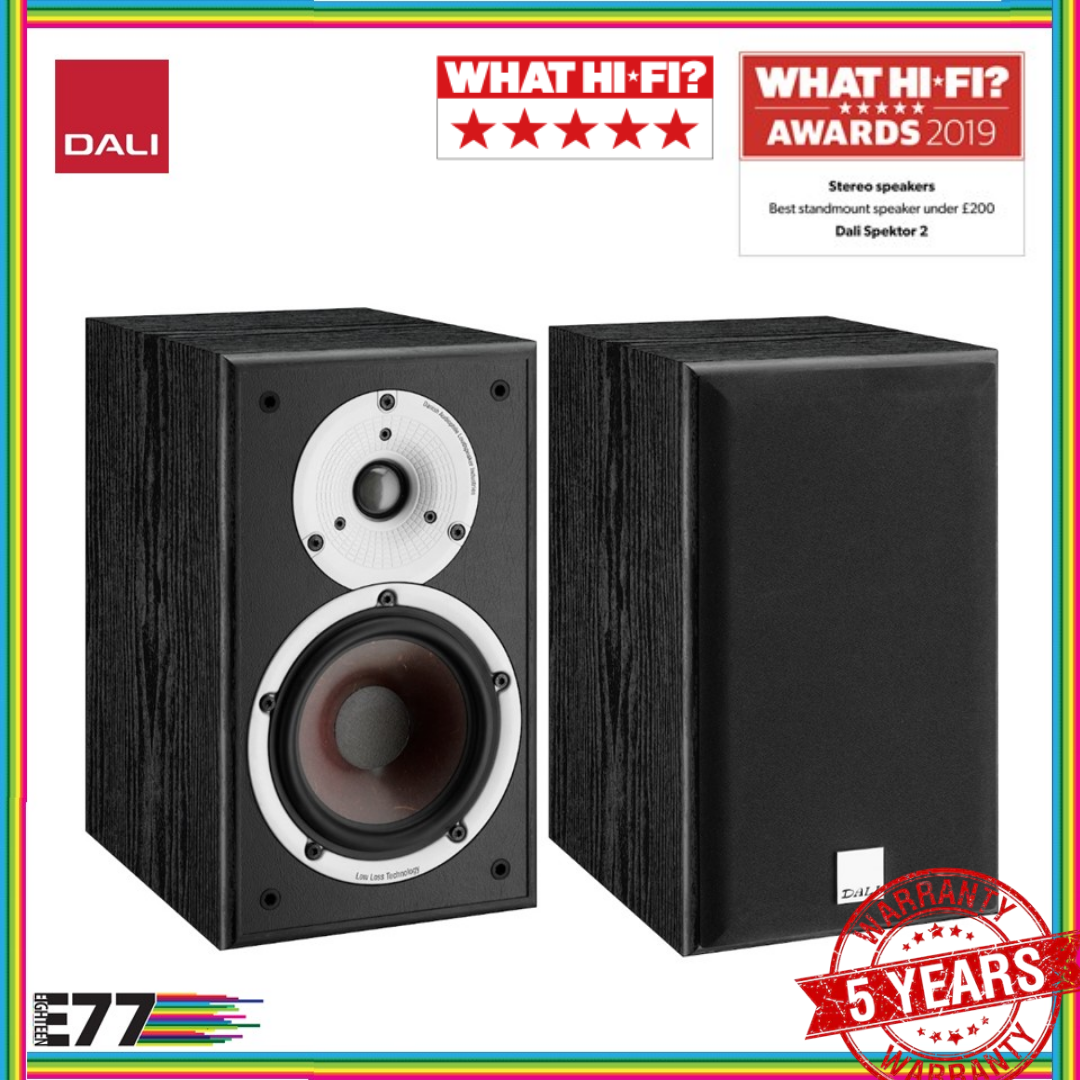
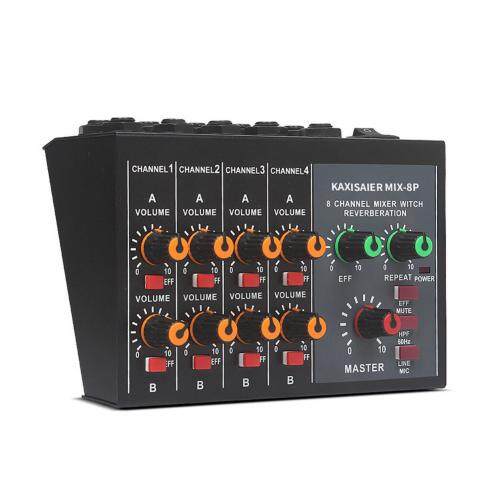
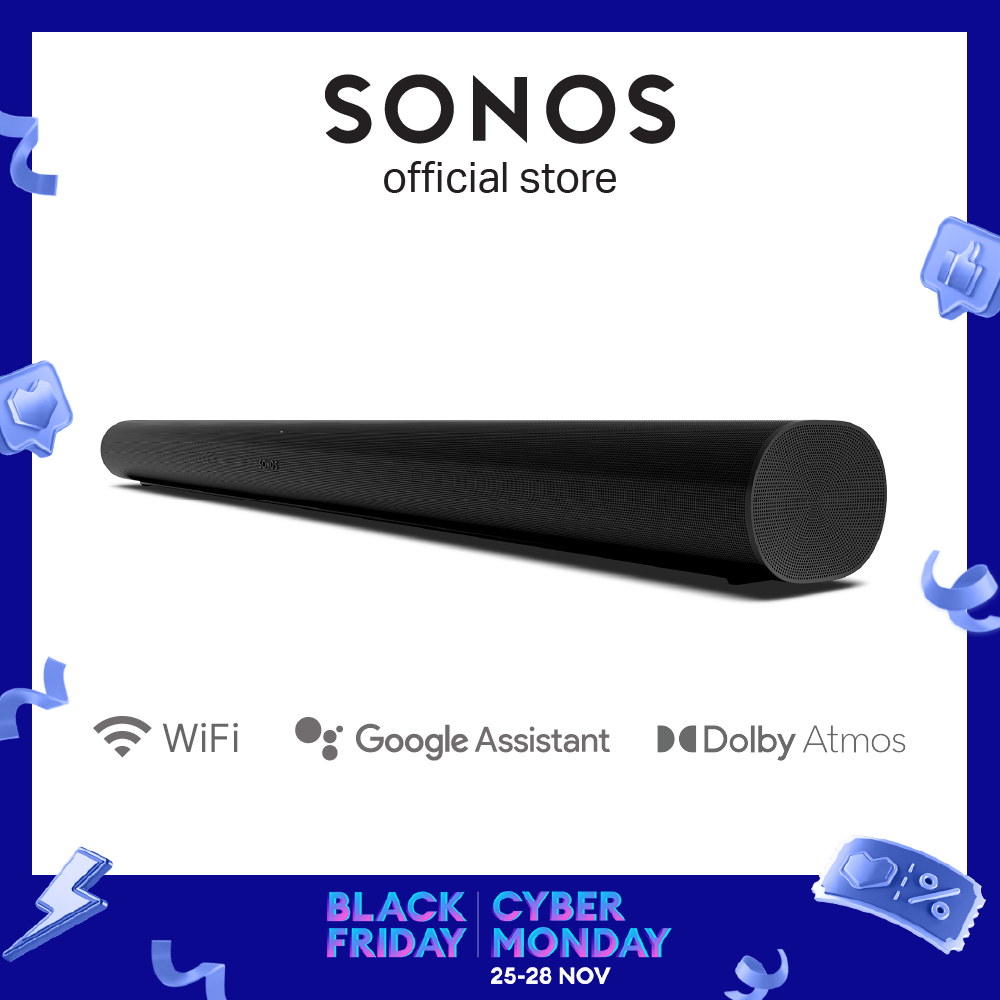
![Jabra Evolve2 40 Stereo / Mono MS / UC Wired Headphones, USB-A / USB-C Noise Cancellation Headset [2 Years Warranty]](https://img4.yeshen.cc/vn-alibaba/32/fc/32349081-2946-4f21-a190-0e2f213cbefc.jpeg)